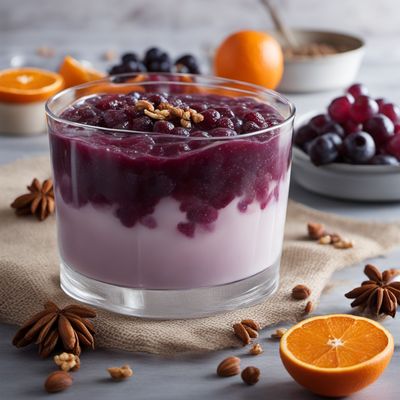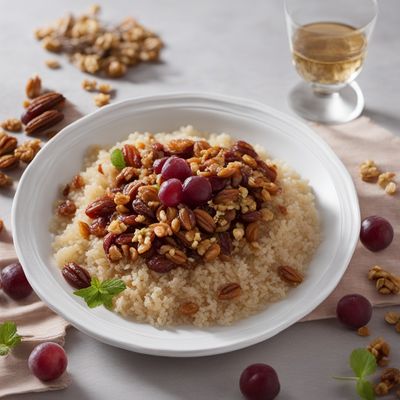
Ingredient
Juice, grape
The Liquid Jewel
Grape juice is a vibrant and flavorful liquid extracted from ripe grapes. It can range in color from pale yellow to deep purple, depending on the grape variety. Grape juice has a naturally sweet taste with a pleasant acidity and a smooth, velvety texture. It is commonly consumed as a non-alcoholic beverage and is also used as a base for making wine, cocktails, and other grape-based products.
Origins and history
Grapes have a long history dating back thousands of years. They are believed to have originated in the Middle East and have been cultivated for winemaking and consumption since ancient times. Grape juice became popular in the late 19th century when pasteurization techniques were developed to preserve its freshness. Today, grapes are grown in many countries around the world, with notable wine-producing regions in Europe, the Americas, and Australia.
Nutritional information
Grape juice is a good source of vitamins C and K, as well as antioxidants. It is also rich in natural sugars and provides a quick energy boost. However, it is important to note that grape juice is high in calories and sugar, so it should be consumed in moderation.
Allergens
There are no known allergens associated with grape juice.
How to select
When selecting grape juice, look for bottles or cartons that are tightly sealed and free from any signs of leakage or damage. Check the expiration date to ensure freshness. Opt for organic or 100% grape juice without any added sugars or artificial flavors for the purest taste.
Storage recommendations
To maintain the freshness and quality of grape juice, store it in a cool and dark place, away from direct sunlight. Once opened, refrigerate the juice and consume it within a week to prevent spoilage. Freezing grape juice is also an option for longer-term storage.
How to produce
Grapes can be grown in home gardens or vineyards, depending on the available space. They require well-drained soil, ample sunlight, and regular watering. Different grape varieties have specific climate requirements, so choose the appropriate variety for your region.
Preparation tips
Grape juice can be enjoyed as a refreshing beverage on its own, served chilled or over ice. It can also be used as a base for making cocktails, mocktails, smoothies, or sorbets. Grape juice can be added to marinades or dressings to enhance the flavor of savory dishes. Additionally, it can be used as a substitute for wine in recipes that require a non-alcoholic option.
Culinary uses
Grape juice is commonly used as a standalone beverage and as a base for various drinks and recipes. It is a popular choice for children and adults alike due to its sweet and refreshing taste. Grape juice is often served at breakfast, brunch, or special occasions. It is also a common ingredient in fruit punches, spritzers, and sangrias.
Availability
Grape juice is widely available in supermarkets, grocery stores, and specialty beverage shops. It is produced in many countries around the world, including the United States, Italy, France, and Australia.
More ingredients from this category » Browse all

Juice, mango
The Tropical Elixir
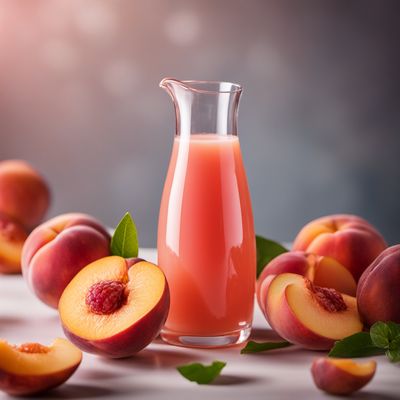
Juice, peach
"The Golden Elixir: Unleashing the Sweet Essence of Peaches"

Juice, black currant
The Dark Elixir

Juice, orange
"The Zesty Elixir: Unleashing the Vibrant Flavors of Freshly Squeezed Orange Juice"
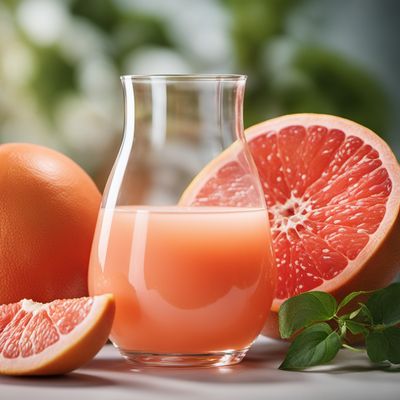
Juice, grapefruit
Tangy Citrus Burst

Juice, passion fruit
The Tropical Elixir
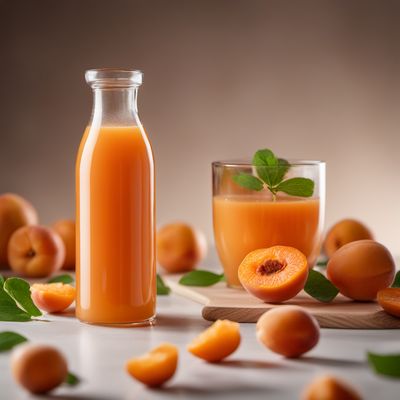
Juice, apricot
Apricot Juice: A Burst of Sweetness

Mixed fruit juice
"Fruit Fusion Delight: A Symphony of Flavors in Mixed Fruit Juice"
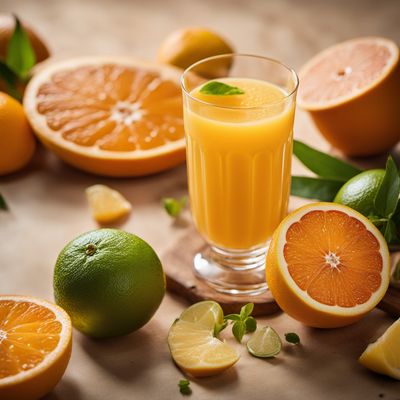
Juice, citrus
The Zesty Elixir

Juice, pineapple
Tropical Elixir

Juice, red currant
Tangy Elixir: Unleash the Vibrant Flavors of Red Currant
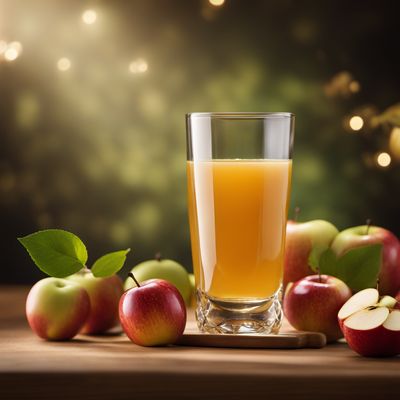
Juice, apple
The Essence of Nature: Exploring the Refreshing Apple Juice
